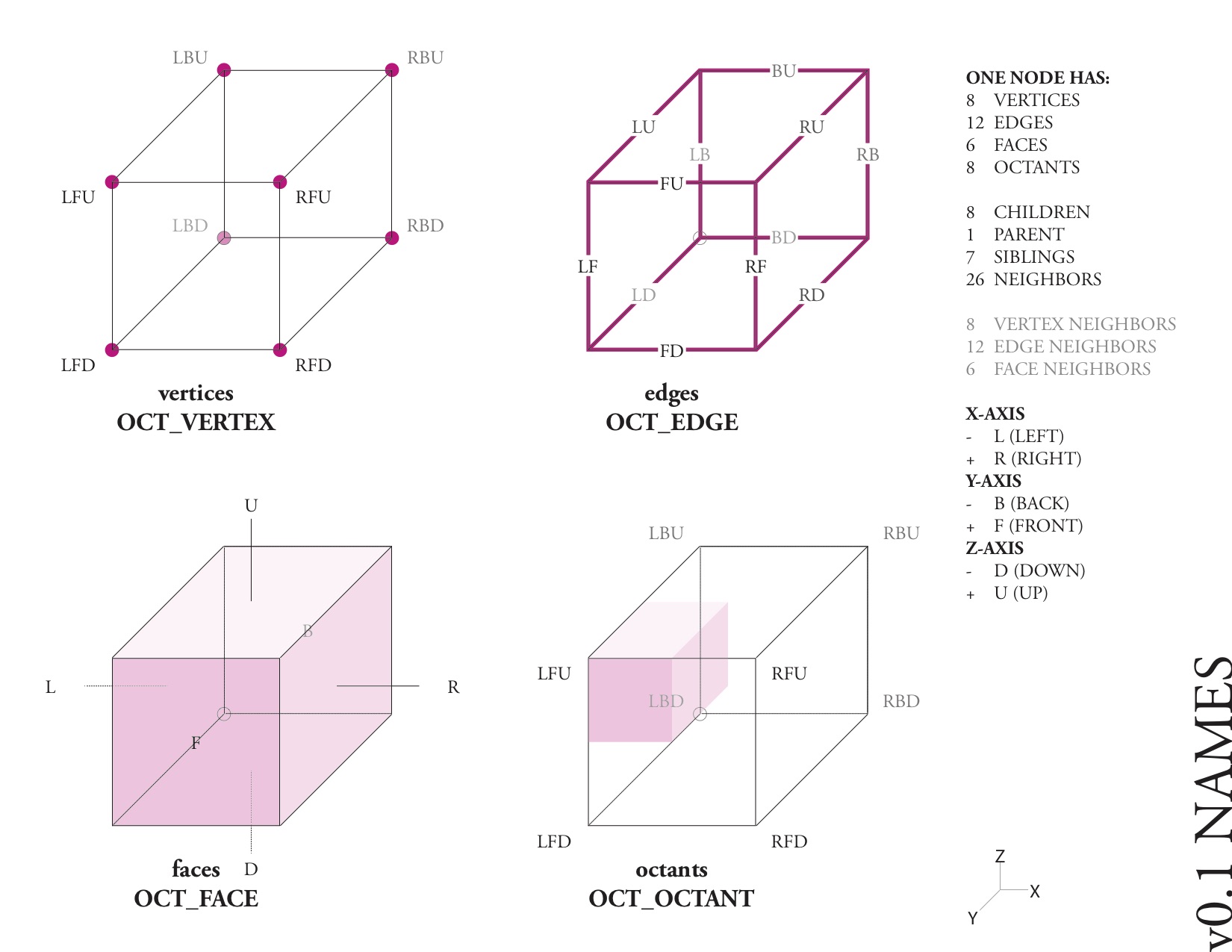Howdy, Stranger!
We are about to switch to a new forum software. Until then we have removed the registration on this forum.
Categories
- All Categories 25.7K
- Announcements & Guidelines 13
- Common Questions 30
- Using Processing 22.1K
- Programming Questions 12.2K
- Questions about Code 6.4K
- How To... 4.2K
- Hello Processing 72
- GLSL / Shaders 292
- Library Questions 4K
- Hardware, Integration & Other Languages 2.7K
- Kinect 668
- Arduino 1K
- Raspberry PI 188
- Questions about Modes 2K
- Android Mode 1.3K
- JavaScript Mode 413
- Python Mode 205
- Questions about Tools 100
- Espanol 5
- Developing Processing 548
- Create & Announce Libraries 211
- Create & Announce Modes 19
- Create & Announce Tools 29
- Summer of Code 2018 93
- Rails Girls Summer of Code 2017 3
- Summer of Code 2017 49
- Summer of Code 2016 4
- Summer of Code 2015 40
- Summer of Code 2014 22
- p5.js 1.6K
- p5.js Programming Questions 947
- p5.js Library Questions 315
- p5.js Development Questions 31
- General 1.4K
- Events & Opportunities 288
- General Discussion 365
In this Discussion
- jeremydouglass November 2016
- thwegene November 2016
OCT: New library to work with octrees
Hi! I started a library to work with octrees in Processing called OCT. The first version is now uploaded and you can download it from the Contribution Manager or from here: https://github.com/thwegene/OCT, with a first set of examples. Any feedback/questions is welcome! Best, Thomas


Comments
@thwegene --
This is remarkable, beautiful work! Thank you also for including it in the Contributions Manager to make it easy to install and try out from Processing.
The examples are very impressive.
Example 6, in particular, looks like a prototype towards "Minecraft for Processing." It took me a minute to figure out the keyboard / mouse combination before I started drawing, but then it was very enjoyable.
Two questions:
I notice that your examples all focus on programmatically generated data. Given your library, how hard do you think it would it be for someone to serialize octree data in/out -- to save / load, for example, to JSON or some other format? My first impression is, it might not be very hard.
You did a lot in your examples with click detection. How hard to you think it would be for someone to write platform collision detection against octrees? For example, implementing a simple rolling ball, or a Qbert style jumper, or a "Player" in the style of the PeasyCam first person demo.
Hi Jeremy,
Thanks! It's nice to get some feedback! Maybe example 6 could be developed further with the help of an interface like controlp5 to be able to access more functions intuitively.
Regarding your two questions, I uploaded a new version of the library with the nodes and the octree serializable. Example 8 allows to save/load the octree. It could be developed further, but is it something like that you had in mind? I suppose the JSON format would work too but I have never used it. If a human has to read the file it would be better for sure.
Regarding collision detection and other uses of octrees to speed calculations, that would be the next steps. For now, I'm not 100% sure how well this octree implementation is suited for that use, or what already exists out there, but I'm curious. I wanted to research a little bit on the subject to get a better sense of how things work, what are the challenges. It would be great if someone would look into that, maybe with some experience with these questions.